朝6時に起きて、瀬戸内海へ。香川県丸亀から出航し、小手島へ。誠臨(せいりん)水産の大倉デールさんとお祖父様のタコツボ漁とムール貝の素潜りを撮影させていただきました!写真家 宮脇慎太郎くんの教え子、西野金陵 今田さんが運営する『四国うまいもんや』の取材に同行させて頂きました!ありがとうございます!
参考:『四国うまいもんや』
—
香川県丸亀から北に15kmのところにある小手島(おてしま)。人口20-30人ほどの小さな島で、タイラギ貝やワタリガニ、そしてタコ漁師さんのいる島です。今日はその小手島の近海で取れるマダコのタコツボ漁の風景をご紹介します。今年、7/1半夏生、7/2うどんの日。でしたが、この半夏生とときに、田植えの疲れを労って食べられているのが「タコ」。実際に毎年、7月になると西日本ではタコの総消費額が跳ね上がります。タウリンがたっぷりで夏バテにいいのと、植えた稲がタコの吸盤のように田んぼについてくれることを願って、タコを食べるようになったのだとか。
この日は、誠臨(せいりん)水産の大倉デールさんとそのおじいちゃんのタコツボ漁に同行。約8m間隔でタコツボが括られたロープを海から回収して、孫からおじいちゃんの手に渡っていきます。一つのロープには160-180個のタコツボがついていて、全体では、なんと1000個ものタコツボを海底に沈めています。タコが獲れる量は、だいたい3%と言われていて年々数も減っています。単純計算でも、1000個のタコツボを沈めて、30匹のタコが獲れる計算。貴重なタコを美味しく頂きたいと思います。半夏生の夏バテ対策に、みなさんも香川県産のタコを食べてみてください。
Oteshima Island is located 15 km north of Marugame city, Kagawa Prefecture.A small island with a population of around 20-30 people, it is home to tairagi clams, blue crabs and octopus fishermen.Today we will show you a scene of octopus fishing from the waters around Oteshima island.
This year, 1 July was the day of the summer solstice and 2 July was the day of the udon noodle.The octopus is eaten on these days to help people recover from the fatigue of rice planting.In fact, every year in July, the total consumption of octopus jumps in western Japan.People started eating octopus because it is full of taurine, which is good for summer fatigue, and in the hope that the rice planted will stick to the rice paddies like octopus suckers.
On this day, we accompanied Dale Okura of Seirin Fisheries and his grandfather on their octopus fishing trip.Ropes with octopus ropes strapped to them at intervals of about 8 metres are retrieved from the sea and passed from the grandchildren to their grandfather.Each rope has 160-180 octopus ropes attached to it, and in all, as many as 1,000 octopus ropes are sunk to the seabed.It is said that only 3% of octopus are caught, and the number is decreasing year by year.Even a simple calculation shows that 30 octopus can be caught by sinking 1,000 takotsubo.We want to enjoy these precious octopuses.To counteract the summer heat of the half-summer, everyone should try octopus from Kagawa Prefecture.
2025/07/03撮影
波節岩灯標(はぶしいわとうひょう)
香川県丸亀市、塩飽諸島のさぬき広島の南約1kmの沖に浮かぶ直径50mの岩礁(波節岩)の上に、1895年(明治28年)に設置された灯標(灯台)です。高さ13mの灯台は花崗岩(かこうがん)の切石を積み上げて作られています。
誠臨(せいりん)水産、大倉デールさん
塩飽諸島、さぬき広島。石の島、採石跡
小手島でお祖父様と合流して、タコツボ漁へ
タコツボには「ゆ」の文字。
浮き
タコツボを沈めてある目印
孫からお祖父さんへとタコツボがバトンリレーのように渡されます。
マダコ
タコツボ
偶然、海底からあがったイイダコツボ。古代から瀬戸内ではイイダコツボが使われていました。
タコツボに入っているタコ。海底にある岩場などに隠れて生活するタコの習慣を利用して、タコツボを沈めてタコを捕ります。
びっくりして飛び出してきました。
回収したタコツボを再び、海に沈めていきます。
ヨット
ミズクラゲが多かったです。島の人は、ヨツメクラゲと呼んでいました。
小手島に戻ってきて今度は潜水漁。
何度も潜られていました。本場は冬場で、夏は生き物も少ないとのこと。
潜水漁でとれたムール貝(ムラサキガイ)。大きい。
丸亀〜(さぬき)広島〜小手島〜手島
底びき網漁船
波節岩灯標(はぶしいわとうひょう)
ありがとうございました!
香川県のマダコ漁と生態の概要
香川県では、マダコの漁期は春(5月〜8月下旬)と秋・冬(10月1日〜1月25日)に分かれ、9月と1月26日〜5月までは禁漁期です。小手島周辺ではワタリガニやタイラギ貝もとれる好漁場で、タコは砂地に置いた狭い空間を利用して捕獲されます。小さなタコは海に戻され、田植え後の祝い膳としてタコときゅうりの酢の物を食べる風習もあり、吸盤のあるタコは縁起物とされています。
マダコの生態
マダコは浅瀬から水深40mほどの砂泥地や岩場に生息し、メスはオスより大きく最大で体長60cm、体重3.5kgになります。産卵期は瀬戸内海で9〜10月で、メスは岩陰に10〜20万個の卵を産み、絶食して1か月守ったのち死にます。
漁業と消費
日本では年間約2万tのマダコが漁獲され、瀬戸内海が主要漁場です。日本は世界一のタコ消費国で、主にアフリカ西海岸から年間10万tが輸入されています。
Overview of the octopus fishery and ecology in Kagawa Prefecture
In Kagawa Prefecture, the octopus fishing season is divided into spring (May to late August), autumn and winter (1 October to 25 January), with no fishing allowed in September and from 26 January to May.The area around Kote Island is a good fishing ground for blue crabs and tairagi clams, and octopuses are caught in a narrow space in the sand.Small octopuses are returned to the sea, and there is a custom of eating vinegared octopus and cucumber as a celebratory dish after rice planting, and octopuses with suckers are regarded as a good luck charm.
Ecology of the Pacific octopus
The Pacific octopus lives in sandy mud and rocks from shallow waters to depths of around 40 m. Females are larger than males, reaching a maximum length of 60 cm and a weight of 3.5 kg.The spawning season is from September to October in the Seto Inland Sea, when females lay 100,000 to 200,000 eggs in the shade of rocks, which they protect for a month by fasting before dying.
Fishing and consumption
Around 20 000 t of octopus are caught annually in Japan, with the Seto Inland Sea being the main fishing ground.Japan is the world’s largest consumer of octopus, with 100,000 t imported annually, mainly from the west coast of Africa.

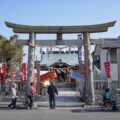
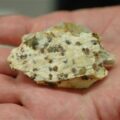
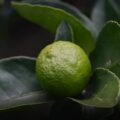

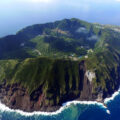
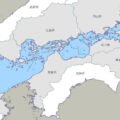
![【愛媛】網掛岩(つなかけいわ) 三島神社 – [Ehime] Tsunakakeiwa Rock, Mishima shrine](https://yousakana.jp/wp-content/uploads/wordpress-popular-posts/46732-featured-120x120.jpg)
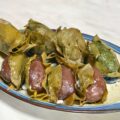


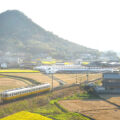
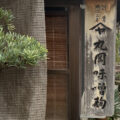
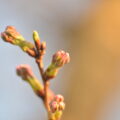
![【香川】高松の素敵な本屋まとめ - [Kagawa] Wonderful book shops at Takamatsu city](https://yousakana.jp/wp-content/uploads/wordpress-popular-posts/43920-featured-120x120.jpg)

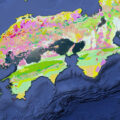
![【香川】春日川の川市 – [Kagawa] River market of Kasuga river](https://yousakana.jp/wp-content/uploads/wordpress-popular-posts/49605-featured-120x120.jpeg)
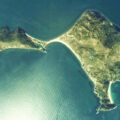

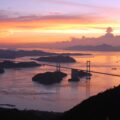
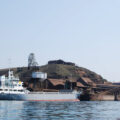
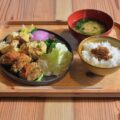
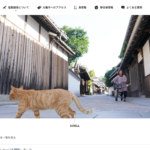
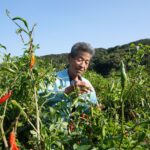
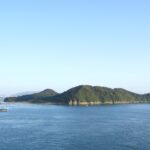
![【香川 / 伊藤若冲】塩飽大工最後の家。本島・吉田邸 – [Kagawa / Jakuchu Ito] Yoshida House of Honjima island](https://yousakana.jp/wp-content/uploads/2018/10/yoshida-house-honjima-island-1-150x150.jpg)
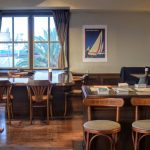
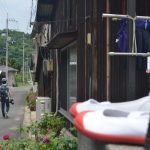
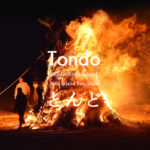
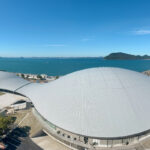
![【香川 11/23 入館無料】美術館は心の病院『丸亀市猪熊弦一郎現代美術館』 – [Kagawa 23 Nov. Free] Art is a Vitamin “MIMOCA”](https://yousakana.jp/wp-content/uploads/2023/12/mimoca_01-150x150.jpeg)
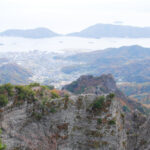
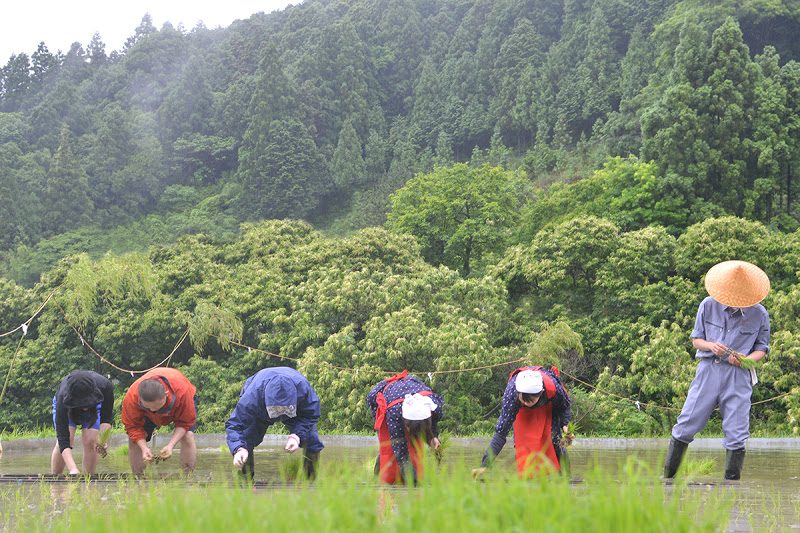
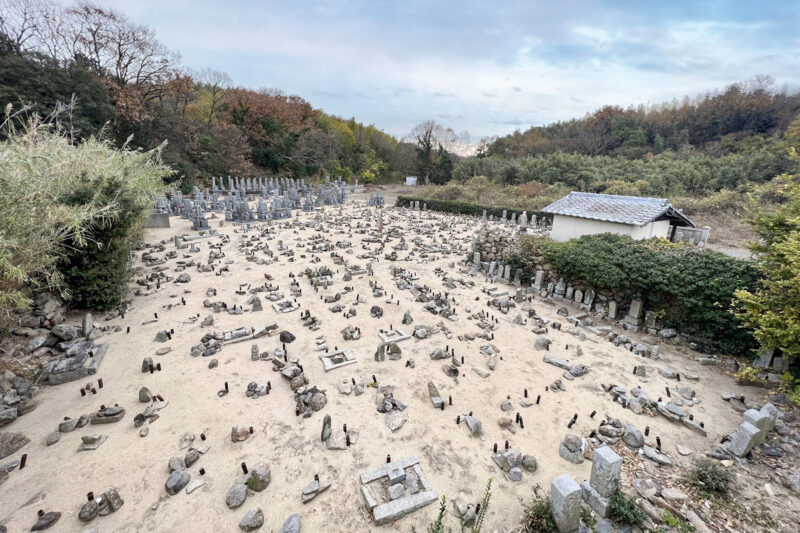
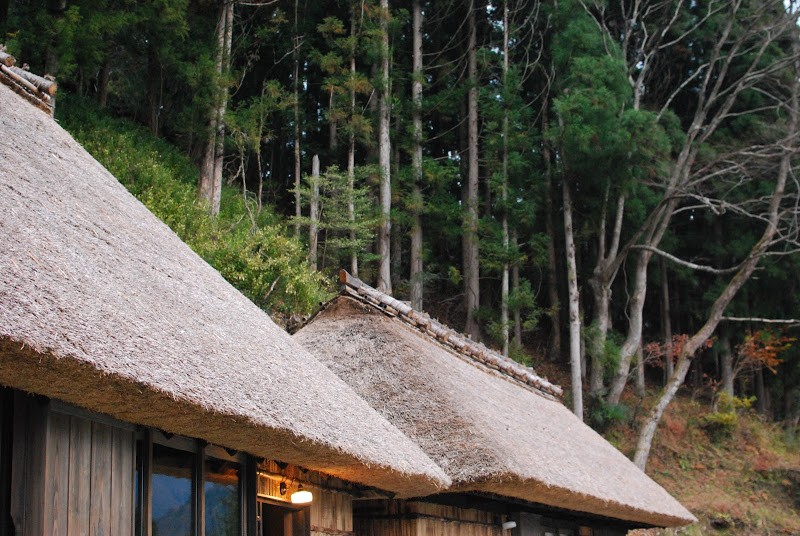
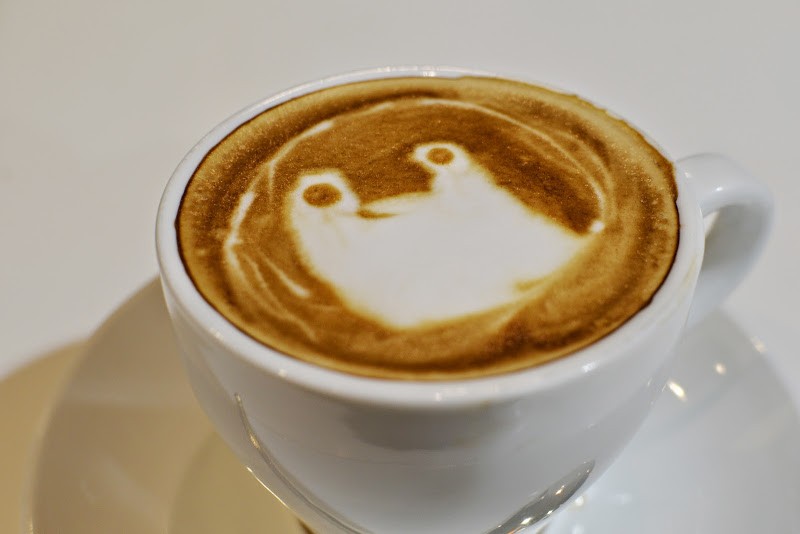
![【小豆島】肥土山(ひとやま)の石風呂 – [Shodoshima island] Stone Bath of Hitoyama](https://yousakana.jp/wp-content/uploads/2021/06/Stone-Bath-of-Shodoshima-island-800x533.jpeg)
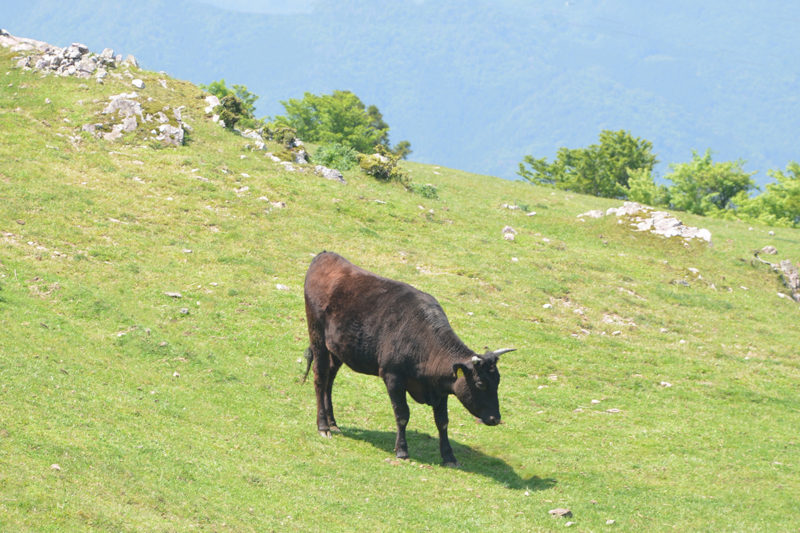



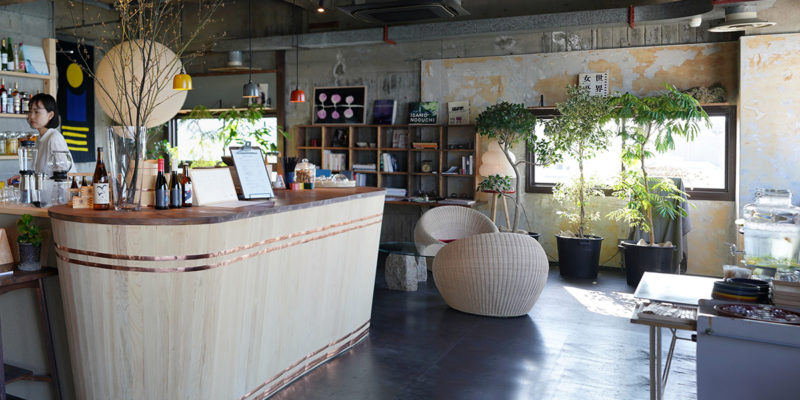
![【香川 秋冬限定】オリーブハマチ丼 – [Kagawa Olive Hamachi season] Rice bowl topped with Olive Hamachi (yellow-tail)](https://yousakana.jp/wp-content/uploads/2020/09/Olive-Hamachi-800x534.jpg)
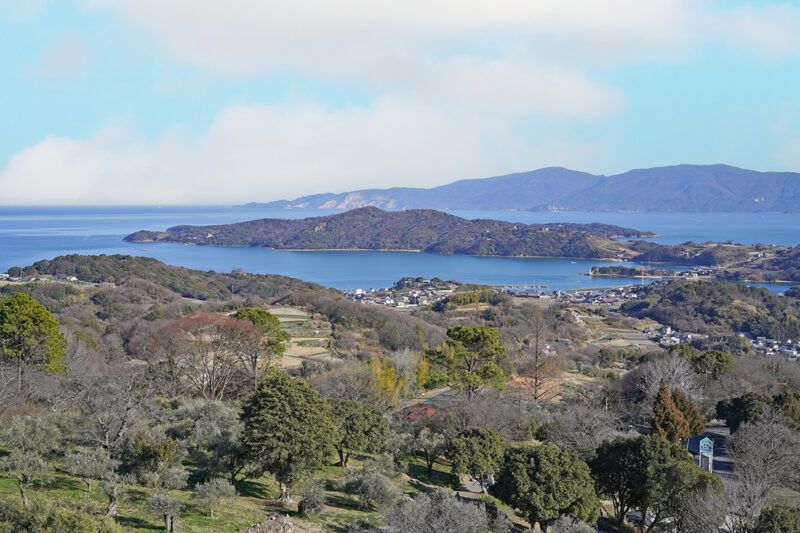
![【広島】基町(もとまち)高層アパート – [Hiroshima] Motomachi Apartments Hiroshima city](https://yousakana.jp/wp-content/uploads/2024/01/panorama_hiroshima-800x533.jpg)
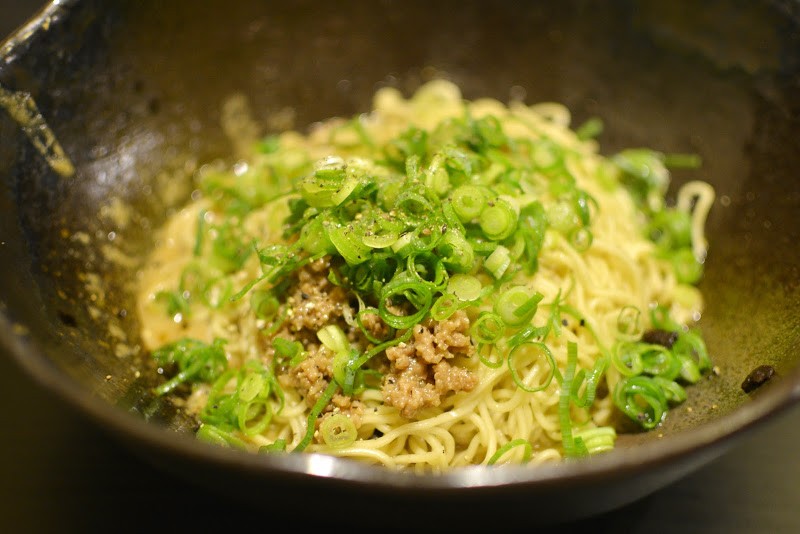
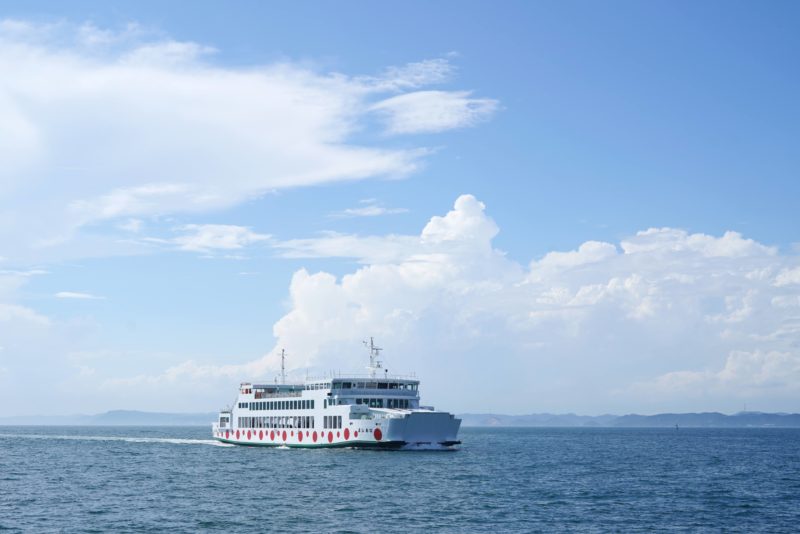
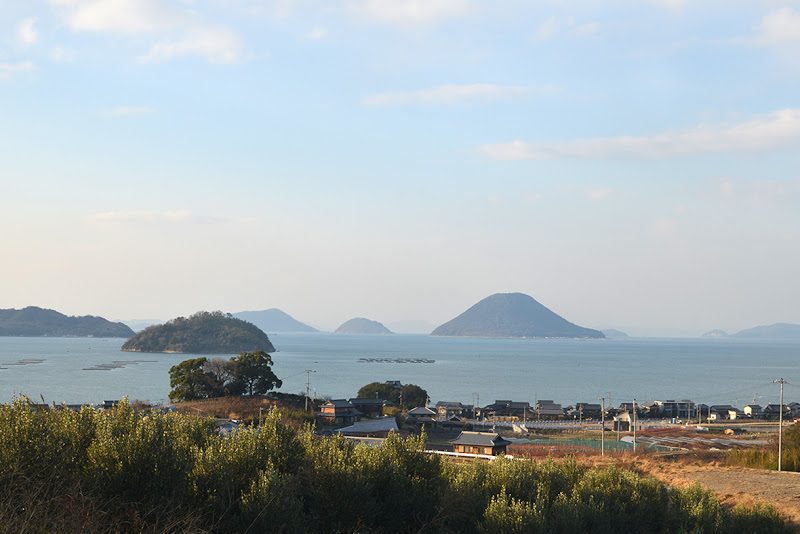
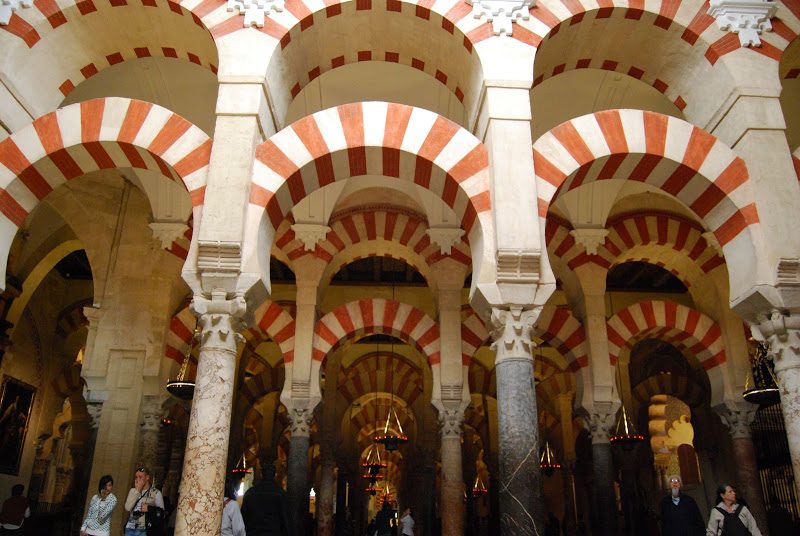
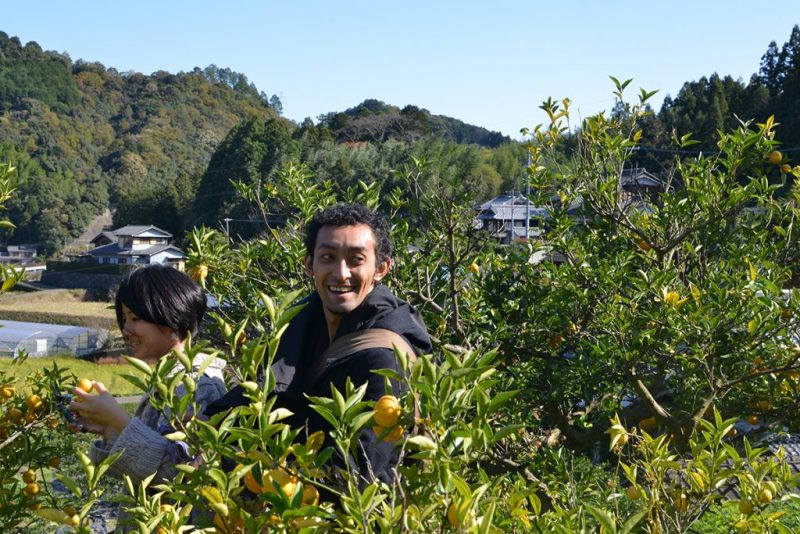
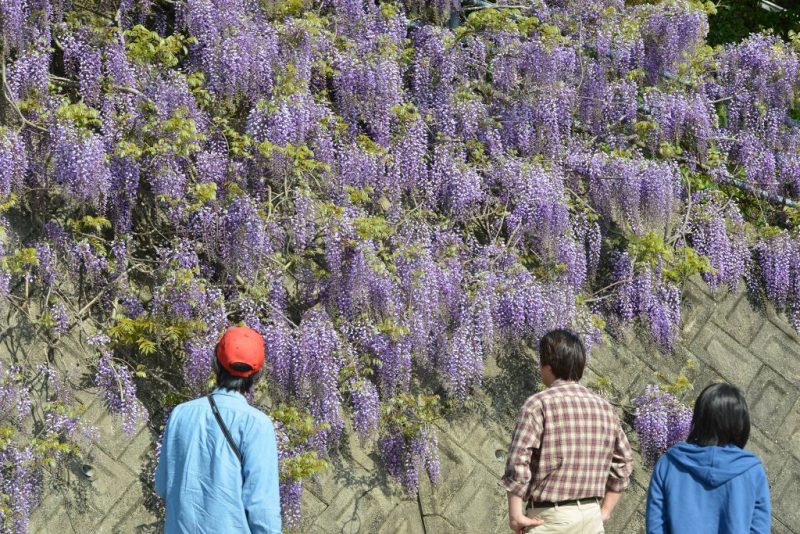
![【香川】いい香り、港の小さな薔薇園 – [Kagawa] Small rose garden at Takamatsu port.](https://yousakana.jp/wp-content/uploads/2019/05/rose-garden-takamatsu-800x533.jpg)
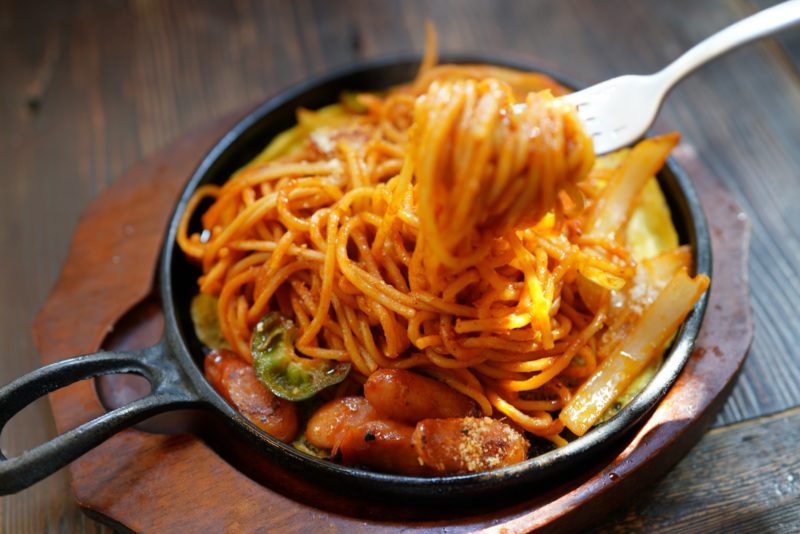
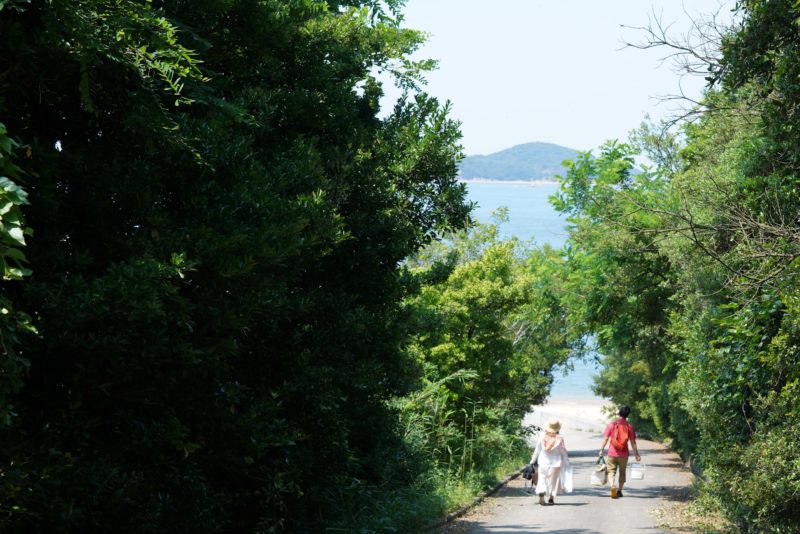
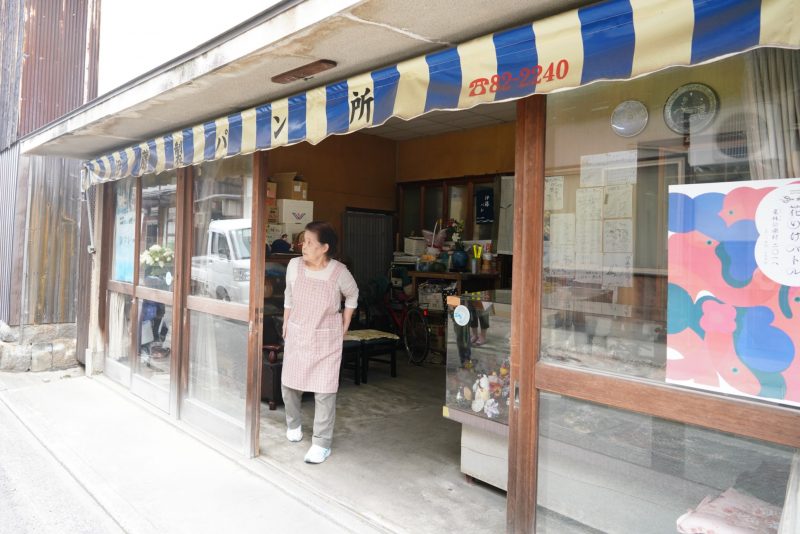
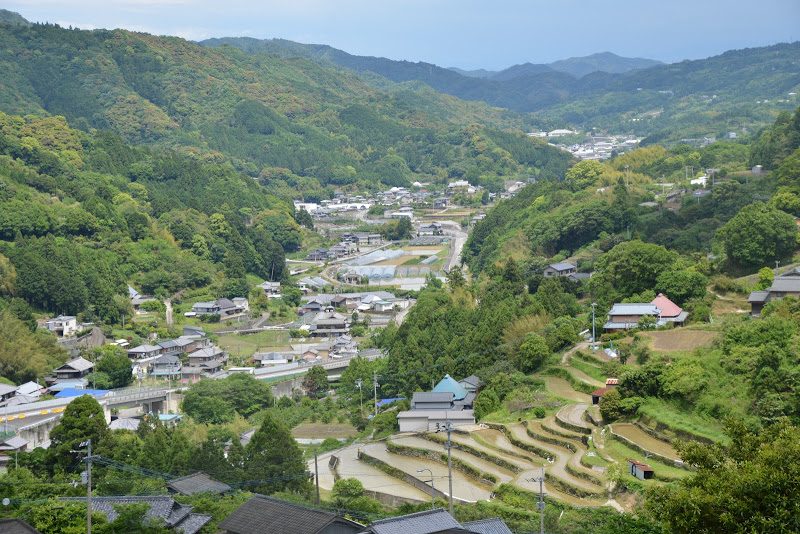
![【愛媛】西条はそば処『西條そば 甲』 – [Ehime] Saijo Soba “KINOE”](https://yousakana.jp/wp-content/uploads/2020/08/DSC00001-800x534.jpg)
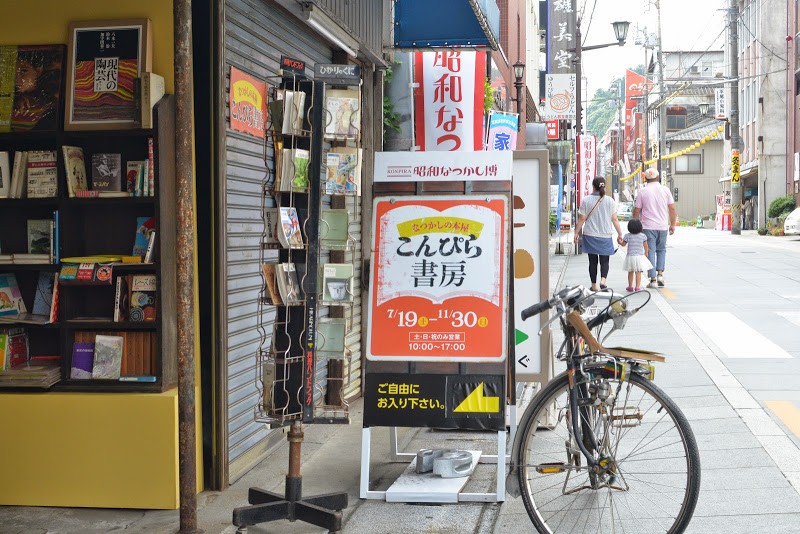
![【香川 / 伊藤若冲】塩飽大工最後の家。本島・吉田邸 – [Kagawa / Jakuchu Ito] Yoshida House of Honjima island](https://yousakana.jp/wp-content/uploads/2018/10/yoshida-house-honjima-island-1-800x534.jpg)
![【香川】日山(ひやま)、のぼる – [Kagawa] Climbing at Mt. Hiyama](https://yousakana.jp/wp-content/uploads/2017/09/mt-hiyama_takamatsu-800x450.jpg)
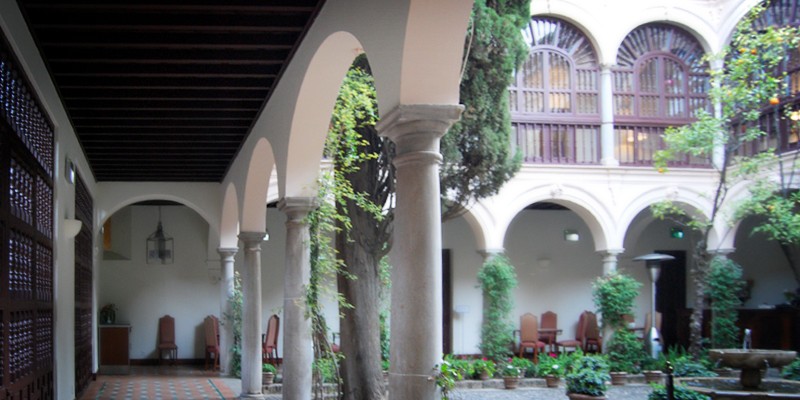

![【香川】高松の素敵な本屋まとめ – [Kagawa] Wonderful book shops at Takamatsu city](https://yousakana.jp/wp-content/uploads/2022/06/book-cafe-solow-1200x800-1-800x533.jpg)
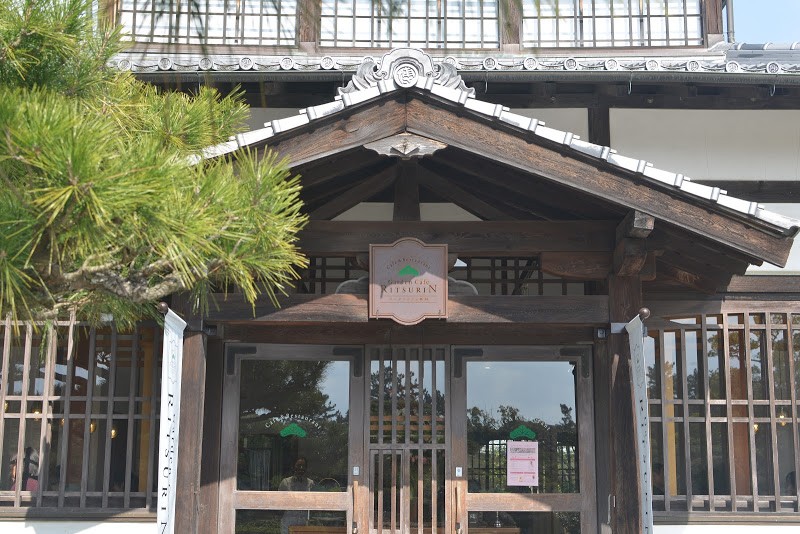
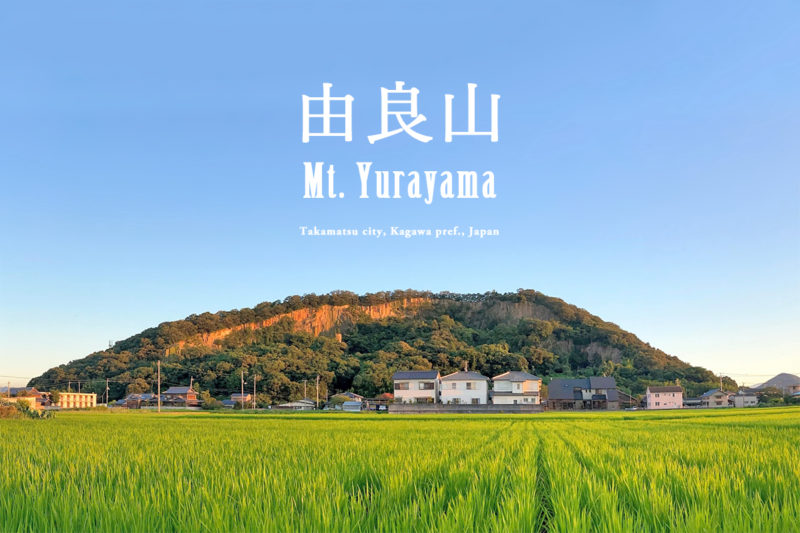
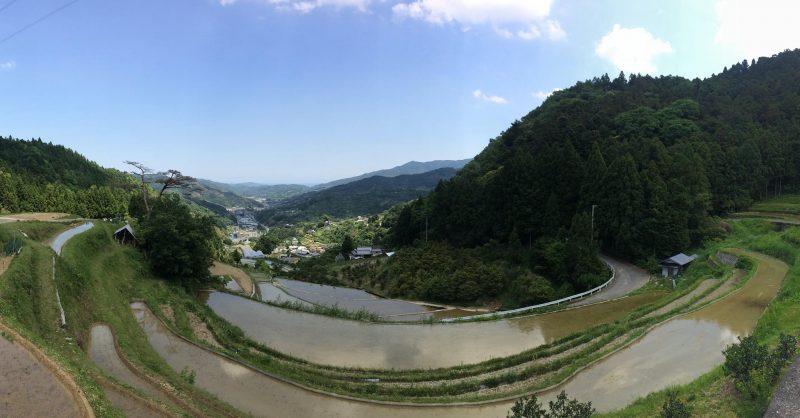
![【香川】男木島の灯台とスイセン郷 – [Kagawa] Ogijima Lighthouse and Daffodil fields](https://yousakana.jp/wp-content/uploads/2024/02/suisen_ogijima-lighthouse-01-800x533.jpeg)
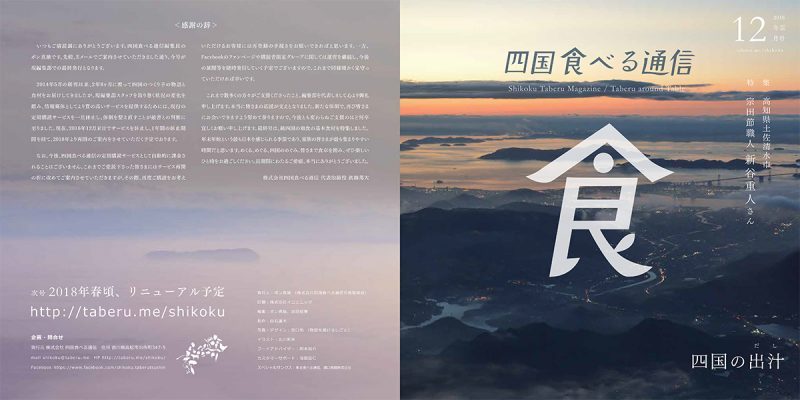
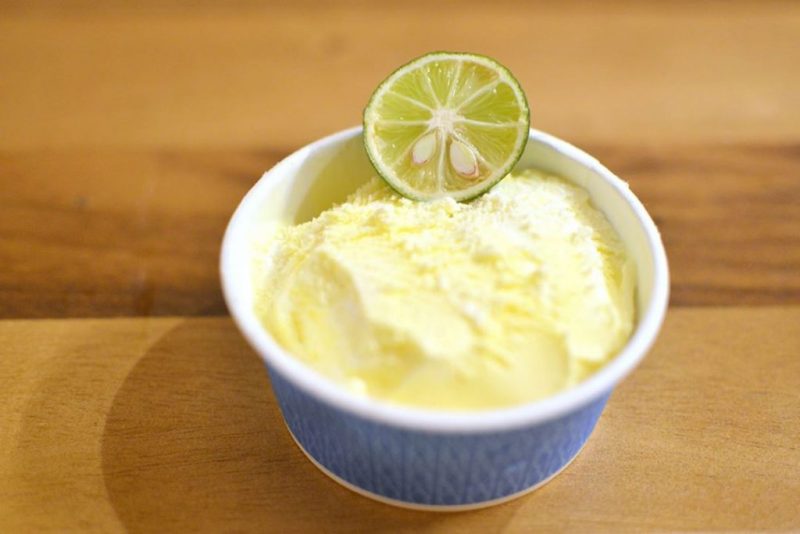
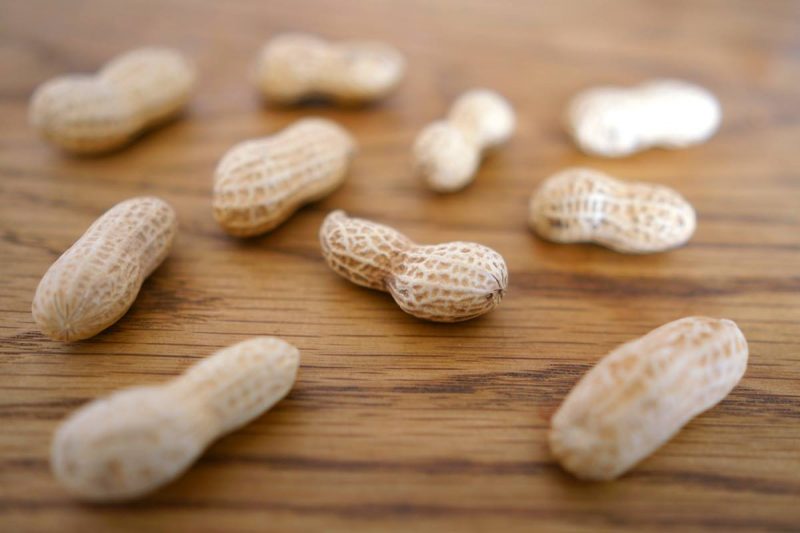
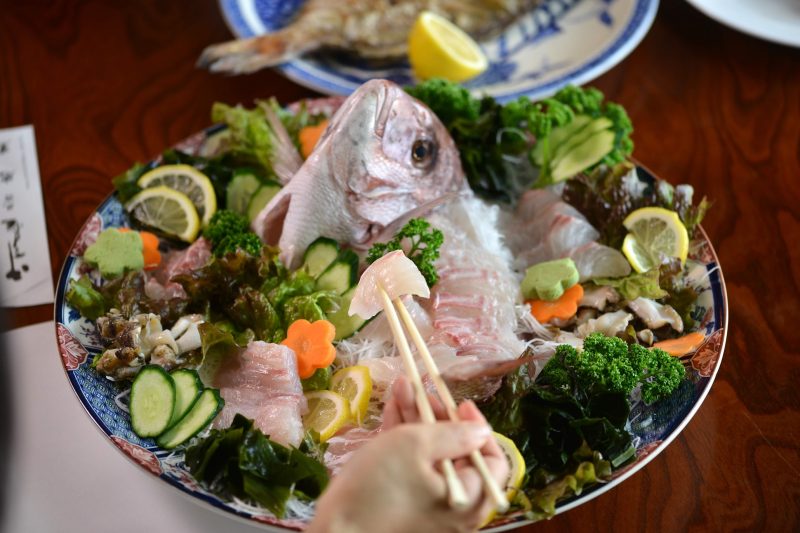

![【愛媛 国の登録有形文化財】今治ラヂウム温泉 – [Ehime / National tangible cultural property] Imabari Radium Hot Spring](https://yousakana.jp/wp-content/uploads/2022/12/imabari-radium-hot-spring-1-800x533.jpeg)
![【徳島】ごみゼロを目指す上勝の北極星『カフェ・ポールスター』 – [Tokushima] Cafe polestar with zero-waste statement of Kamikatsu](https://yousakana.jp/wp-content/uploads/2013/12/polestar-kamikatsu-800x536.jpg)
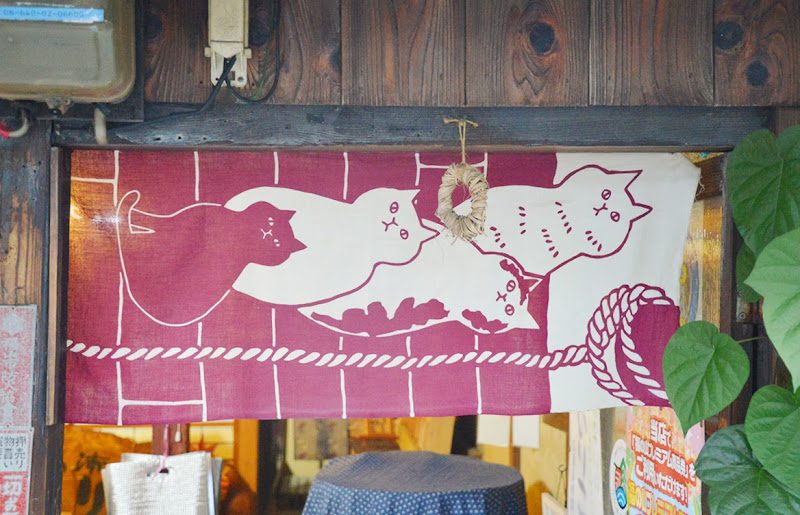
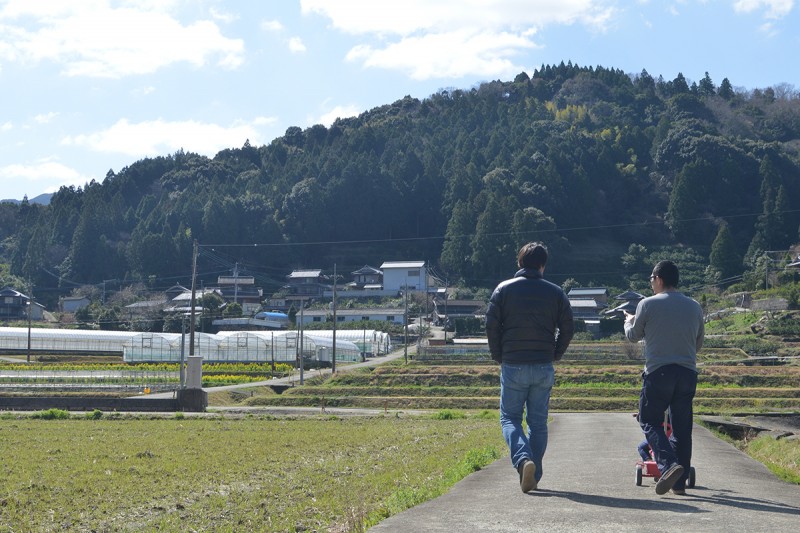
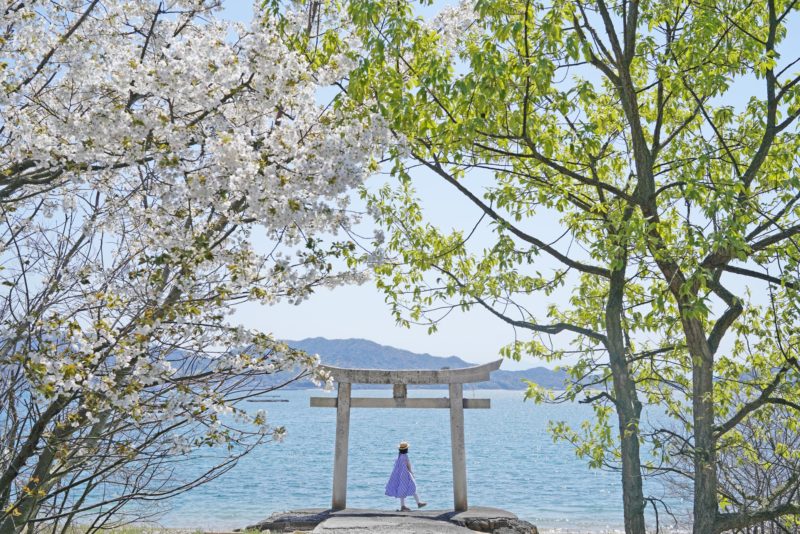

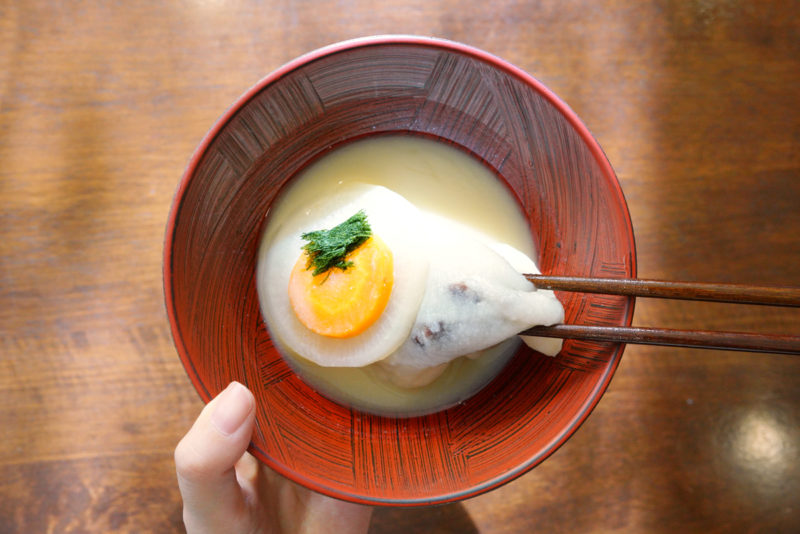
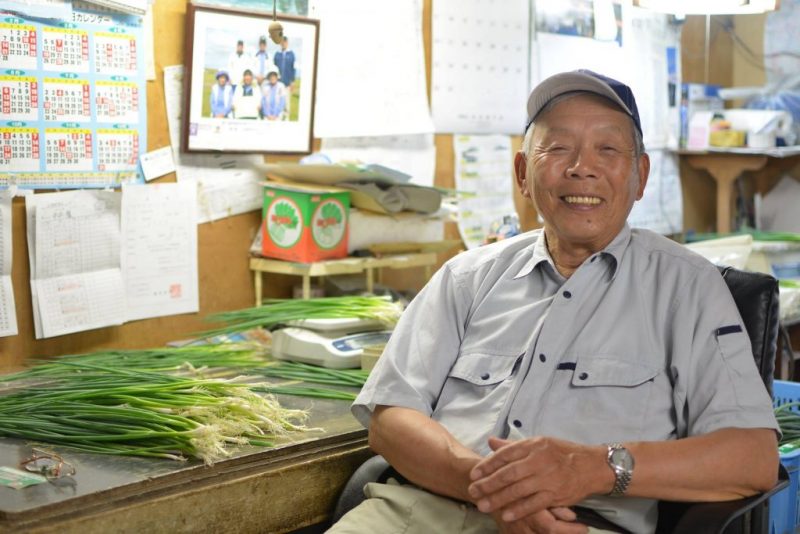
![【香川 1/9-11】商売繁盛の神様、東浜恵美須神社の「十日えびす」 – [Kagawa 9-11 January] ‘Toka Ebisu’ at Higashihama Ebisu Shrine, the god of commerce](https://yousakana.jp/wp-content/uploads/2024/01/higashihama-ebisu-shrine-800x533.jpeg)
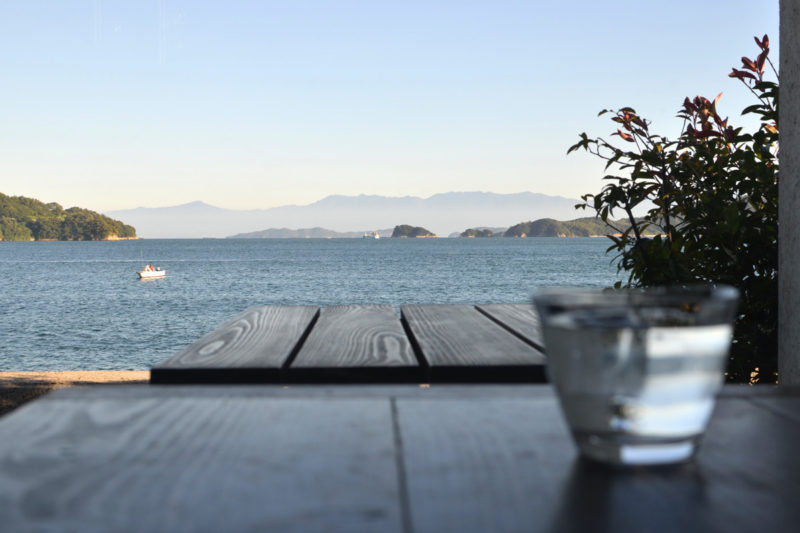
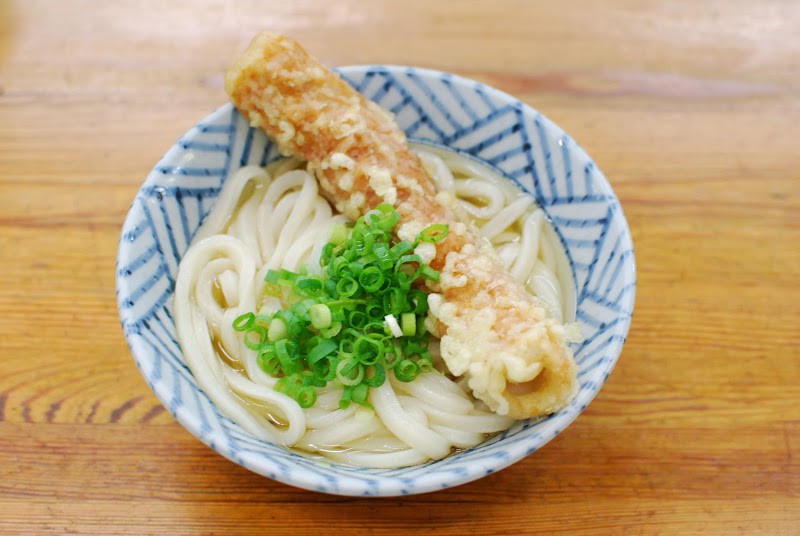
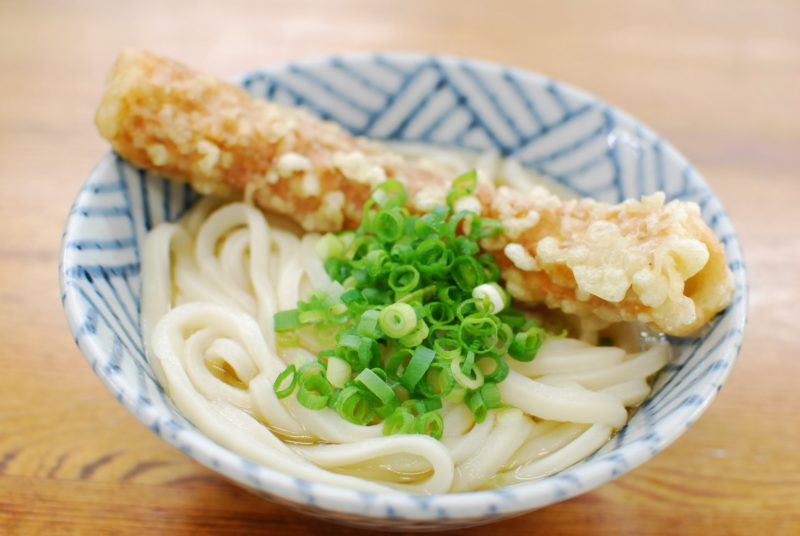
![【香川】あの世へ向かう銀河鉄道のよう。与島の盆踊り – [Kagawa] Bon dance of Yoshima Island](https://yousakana.jp/wp-content/uploads/2023/08/yoshima_bondance-800x533.jpg)
![【徳島 3月下旬~5月末迄】鯉のぼり 秘境大歩危峡を泳ぐ – [Tokushima March-May]The carp streamers of Iya valley](https://yousakana.jp/wp-content/uploads/2018/05/iya-koinobori-800x536.jpg)
![【香川】瀬戸内海、大崎の鼻の桜 – [Kagawa] Cherry Blossoms of Osaki no hana, Setouchi](https://yousakana.jp/wp-content/uploads/2023/03/panorama_osaki-no-hana_sakura-800x485.jpeg)
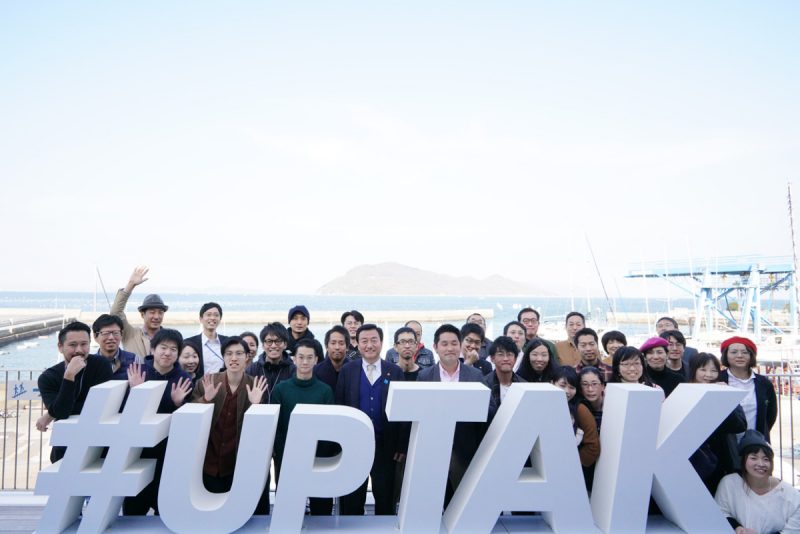
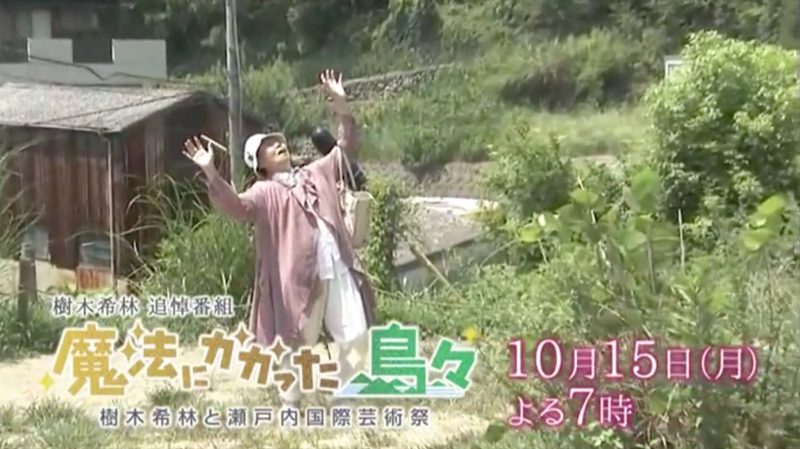
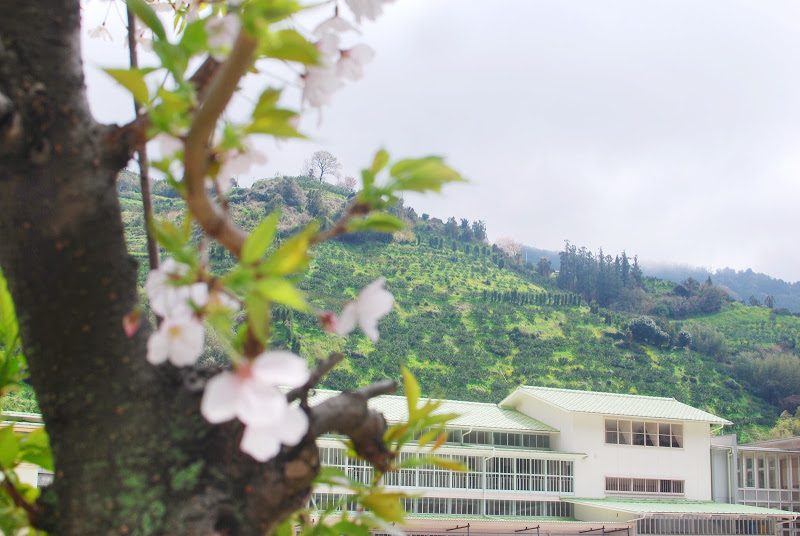
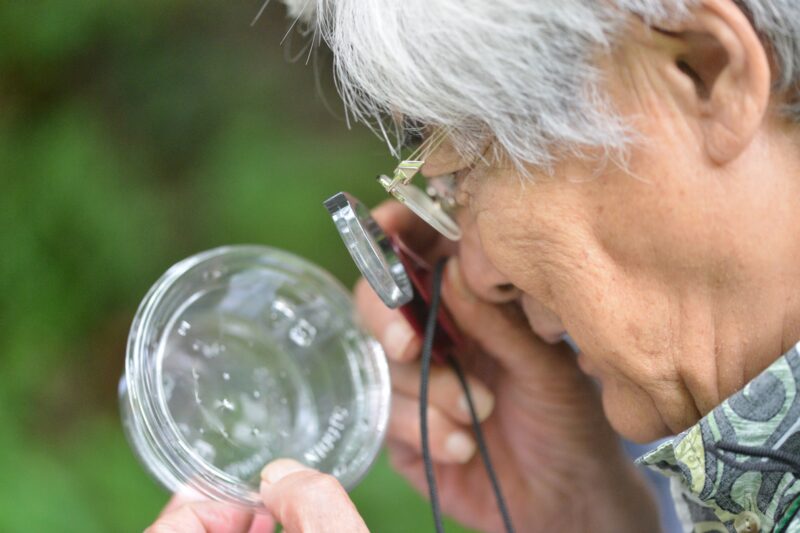
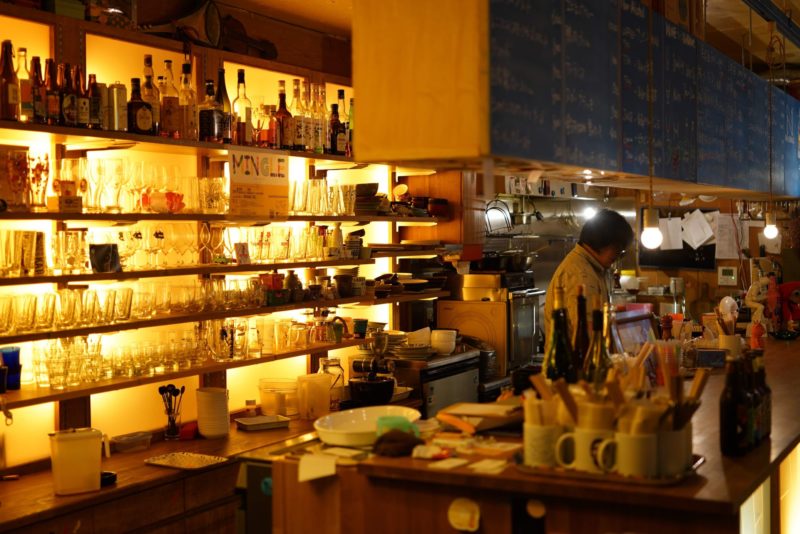
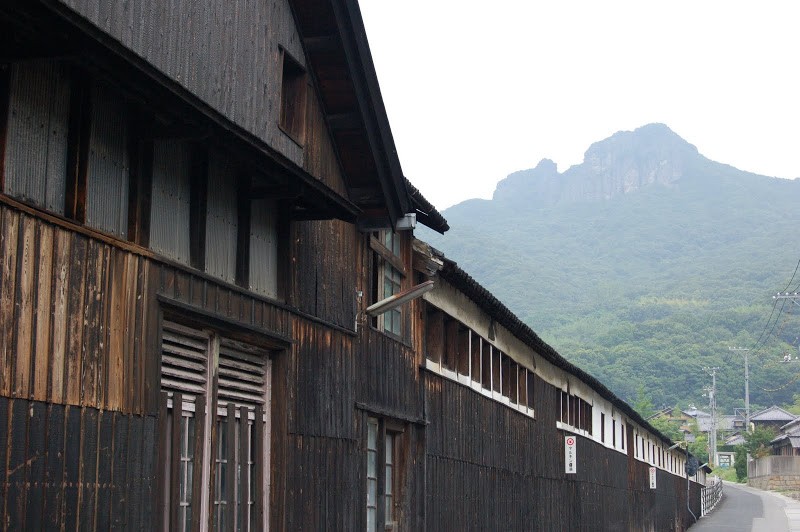
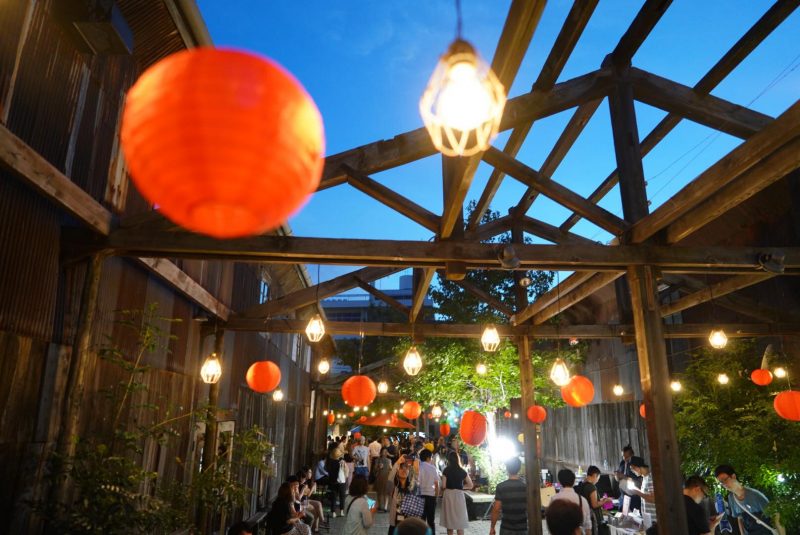
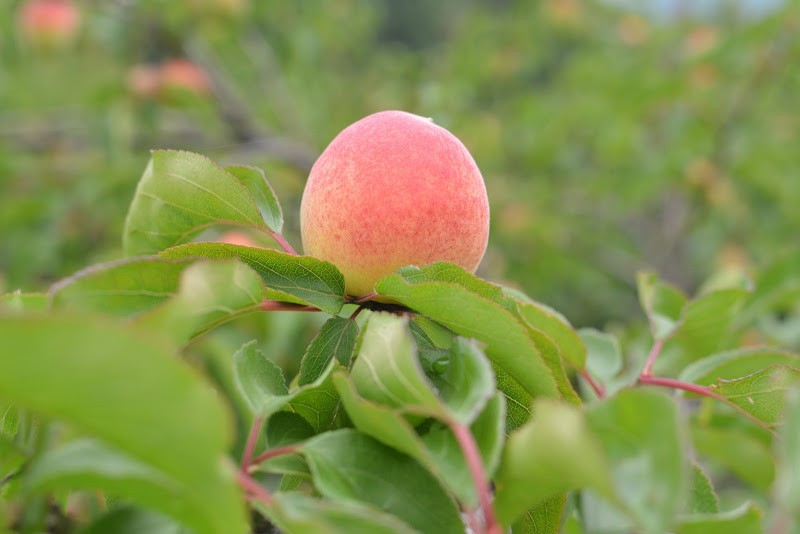
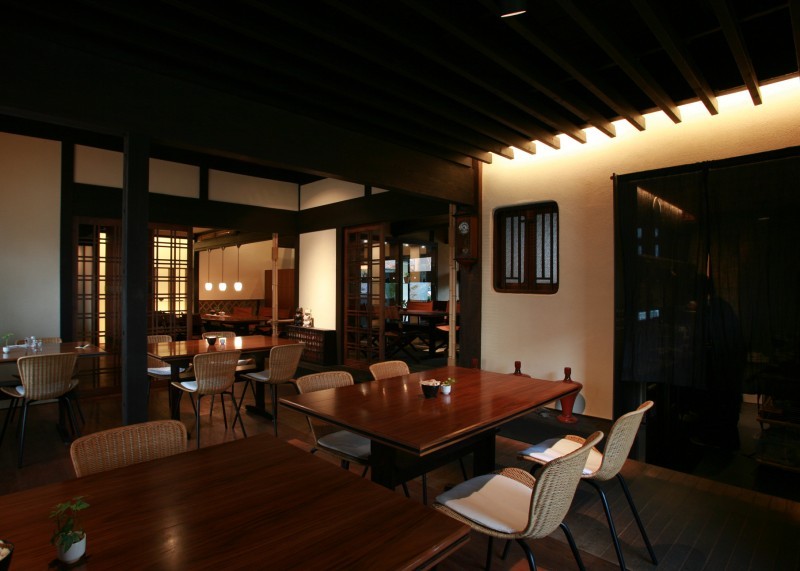
![【高知】魚を守る道、アイスハーバー型らせん魚道 – [Kochi] Ice Harbor type spiral fishway](https://yousakana.jp/wp-content/uploads/2022/10/Ice-Harbor-type-spiral-fishway_Kochi-800x534.jpeg)
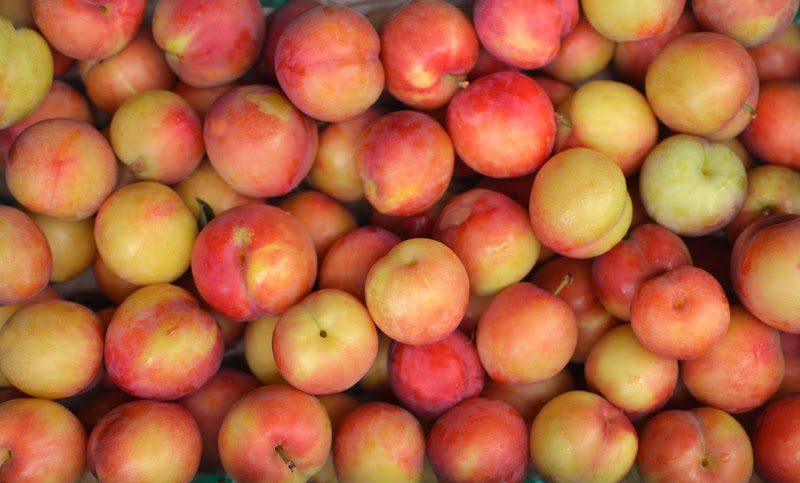
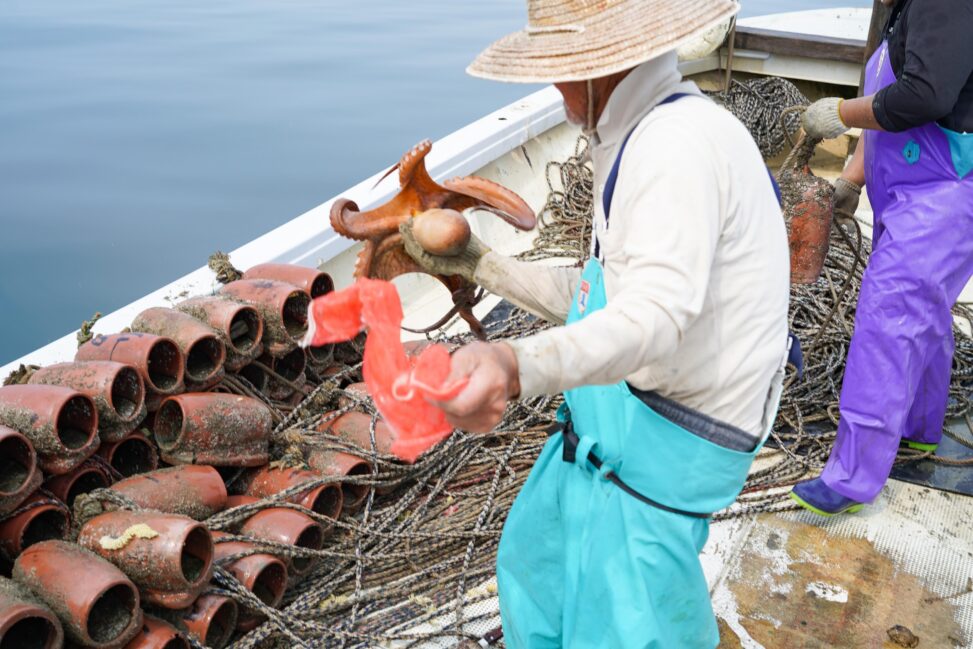
コメントを残す